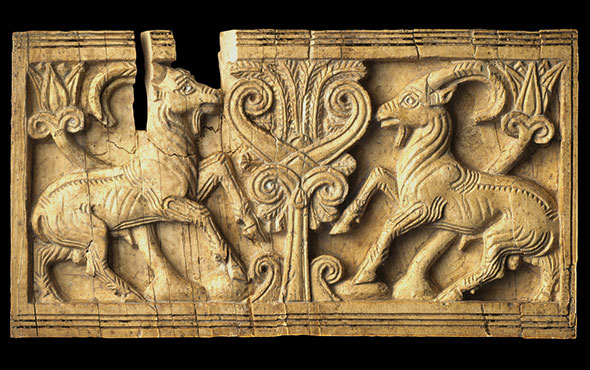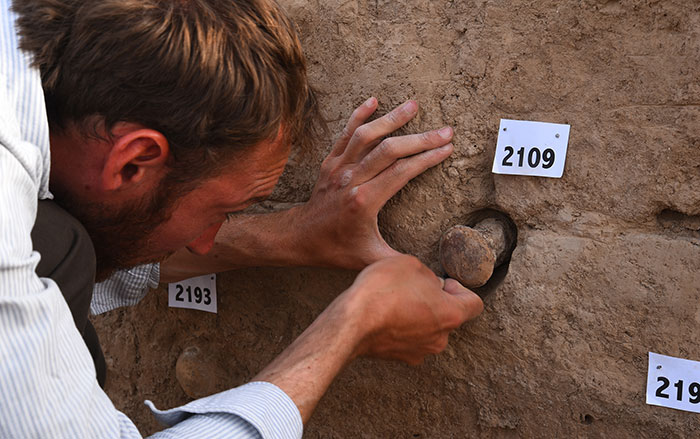
NEW HAVEN, CONNECTICUT—According to a report in Cosmos Magazine, Jessica Thompson of Yale University and her colleagues suggest that brain growth in early hominins may have been fueled by nutrient-rich, fatty bone marrow scavenged from large-animal carcasses left behind by other predators. These early human ancestors living some four million years ago would have been able to access the marrow by smashing the bones with rocks, Thompson explains. She thinks once hominins developed a taste for marrow, they may have craved it and other fatty foods. In this scenario, the craving for more calories and fat could have driven hominins to develop tools and techniques to hunt large animals. Thompson suggests that paleoanthropologists look for evidence of bone-smashing behavior by our earliest ancestors. To read more about the evolution of early human ancestors, go to "No Changeups on the Savannah."










